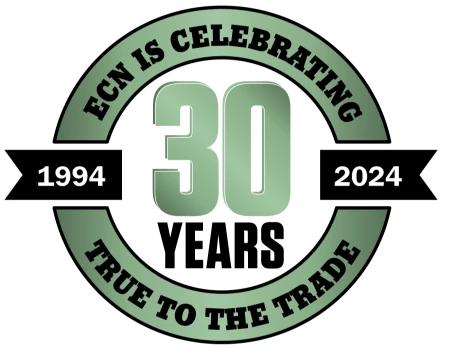by Richard Erschik, Exhibitor Training Webinar
In a perfect world, executing a flawless trade show lead management strategy would be a seamless and rewarding process, resulting in heightened sales performance and optimal return on investment (ROI) metrics.
However, reality usually falls short of these ideal scenarios. In the trade show industry, the journey from generating leads to closing deals is intricate, and many companies find themselves stumbling along the way. This article aims to explore the distinction between the perfect world expectations and the real-world challenges in trade show lead management, shedding light on the common pitfalls and proven solutions.
The Perfect World Blueprint
- Budgeted Trade Show Expenses: In an ideal scenario, companies would meticulously budget for trade show expenses, ensuring a clear understanding of financial resources allocated for maximum impact.
- Booth Staff as Lead Generators: The booth staff would proactively engage with attendees, generating high-quality leads through meaningful interactions and effective communication with booth visitors.
- Efficient Lead Capture Technology: Advanced technology would seamlessly capture leads in real-time, avoiding any loss of valuable information during the bustling trade show environment.
- Additional Information Fulfillment: Leads would be fulfilled promptly after the show with additional information, providing prospects with the details they need to move forward in the sales process.
- Distributed Leads to Sales Force: A streamlined process would ensure leads are efficiently distributed among the sales force, preventing delays, and ensuring prompt follow-up of all the leads.
- Qualification of Leads: The sales force would diligently qualify leads, assessing their worthiness for further engagement based on predetermined criteria.
- Proactive Sales Force Follow-Up: Sales representatives would promptly contact the qualified leads, initiating a personalized and impactful follow-up process.
- Structured Sales Process: The sales force would seamlessly undertake the sales process, including feature and benefit presentation about their product or service.
- Order Generation: As a result of effective sales efforts, orders would be generated, reflecting the success of the lead generation and management process.
- ROI Determination: Sales dollars and profits resulting from the generated orders would be meticulously calculated to determine the trade show’s return on investment (ROI.)
The Real-World Challenges
In the real world, achieving the perfect result is a lofty goal that remains elusive. The trade show lead management process frequently encounters roadblocks, with a common breakdown occurring around step 5: the distribution of leads to the sales force for follow-up.
The Solution: Empathy, Training, and Motivation
- Empathy with Sales Departments: Recognizing the challenges faced by the sales department is crucial. Balancing lead follow-up with other responsibilities can be overwhelming. Empathy establishes a foundation for collaborative problem-solving.
- Training in Marketing Departments: Training in the marketing department is pivotal in implementing change. An informed and skilled team can contribute significantly to the seamless execution of the 10-step lead management process.
- Motivation for Necessary Training: Motivating teams to undertake necessary training to change is essential. Highlighting the benefits of improved lead management and its positive impact on sales can inspire a commitment to change.
The Solution: Education, Training, and Change
To address these challenges and bridge the gap between the perfect and real-world trade show lead management, online education and training is available and provides comprehensive education, equipping both marketing and sales teams with the skills and strategies needed to navigate the complexities of trade show lead management successfully.
Conclusion
In the dynamic landscape of trade shows, the idealistic blueprint often faces challenges that hinder its seamless execution. However, with empathy, training, and motivation, companies can transform these hurdles into opportunities for growth. The solution lies in recognizing the realities of the industry and implementing strategic training to foster a unified effort between marketing and sales departments.
For More information on Richard Erschik or the Exhibitor Training Webinar please visit the website, www.ExhbitorTrainingWebinar.com, or email Richard at richard@exhibitortrainingwebinr.com.






























